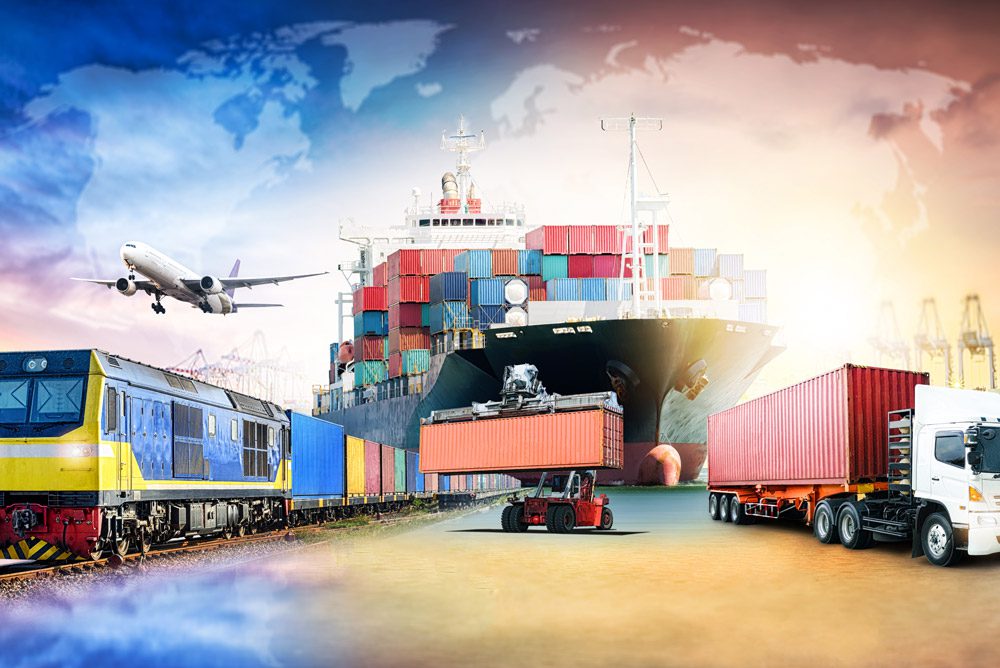An organization’s Transportation Management System (TMS) is a part of its supply chain management that sits between its Enterprise Resource Planning (ERP) and shipping processes. Logistics management systems are another name for TMSs. Finally, the system guarantees that a business’s freight is transported using the method that provides the best combination of care, delivery time, and cost. To achieve this goal, the optimal mode of transportation must be chosen. A logistics resource, which may be either (a) an in-house logistics department, (b) a Third Party Logistics provider (3PL), or (c) logistics software, assists with the administration of the transportation management system. How well the system operates and the type of management it provides for the organisation are largely determined by the logistics resource.

Evaluation of Current Logistical Capabilities
Most shippers would rather have logistics handled internally. Historically, this has called for the hiring of specialists, which is frequent among large, high-volume shippers with their own transportation fleet but rare among small and medium-sized businesses.
Third-party logistics (3PL) companies face three main difficulties for their clientele:
- They make transportation planning seem like a distant task.
- Their strategies for balancing loads don’t take into account all of the possibilities.
- They might not be able to afford top-tier logistics planning and management.
An alternative to expensive 3PL that can handle managing the shipping process and finding better shipping options as they become available has been available in the form of logistics software in recent years. The option was formerly reserved for the largest of corporations. The software enables shippers to take control of their TMS by facilitating the three services that a good TMS should enable shippers to utilise, and it does so at a lesser price than a 3PL provider that manages and innovates the shipping process (i.e. a customer adapter). You can think of these roles as:
Preparation for transport. When planning the shipping phase of the process, a TMS should take into account the shipper’s characteristics, such as LTL rates, delivery time, and warehousing fees.
Keeping a close eye on the delivery process. Transport management systems (TMSs) are useful for keeping an eye on the paperwork involved in shipping, such as shipping notifications, customs processing, and invoicing. This sort of surveillance is necessary.
Keeping an eye on and assessing KPIs (KPIs). If critical performance indicators aren’t measured often and accurately, a shipper may keep making decisions that don’t maximise value (KPIs).
Logistics software simplifies these tasks, allowing shippers to bring the logistics process in-house without incurring significant additional costs.
Conclusion
Businesses that move goods need a comprehensive logistics department in order to have an effective transportation management system. Traditional methods for obtaining this service have involved the hiring of in-house professionals or the signing of a contract with a third-party logistics (3PL) provider. However, with the help of contemporary logistics software, companies may bring the logistics function in-house without increasing overhead.





